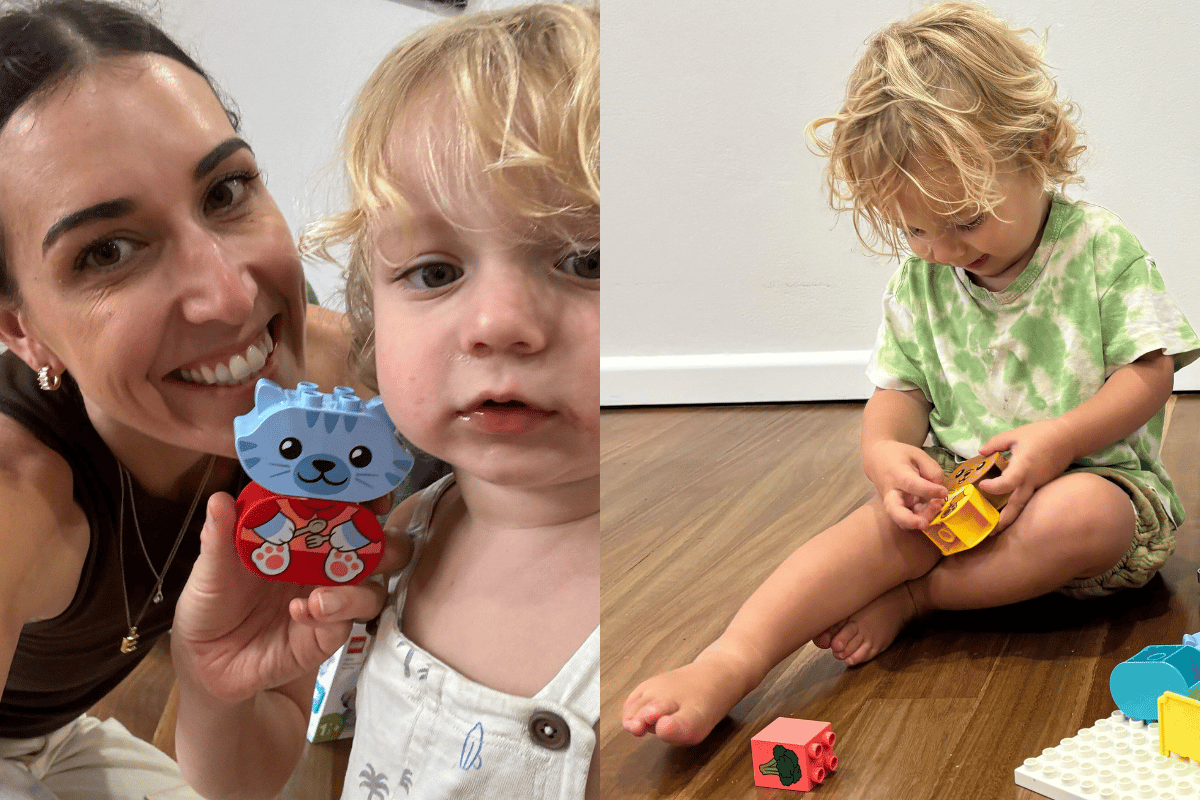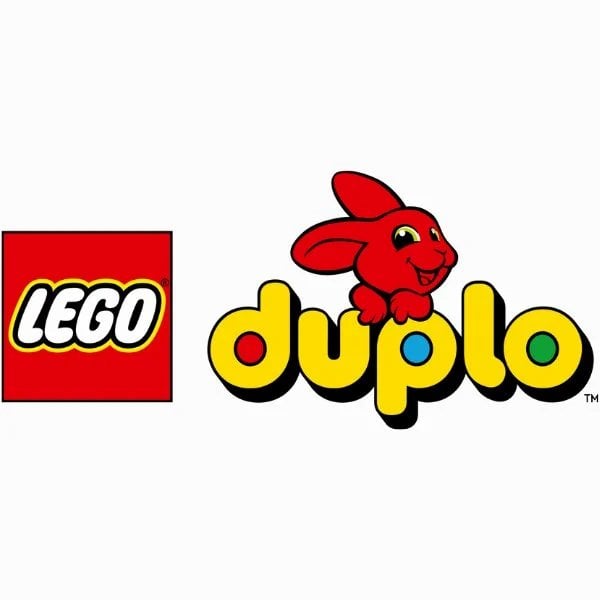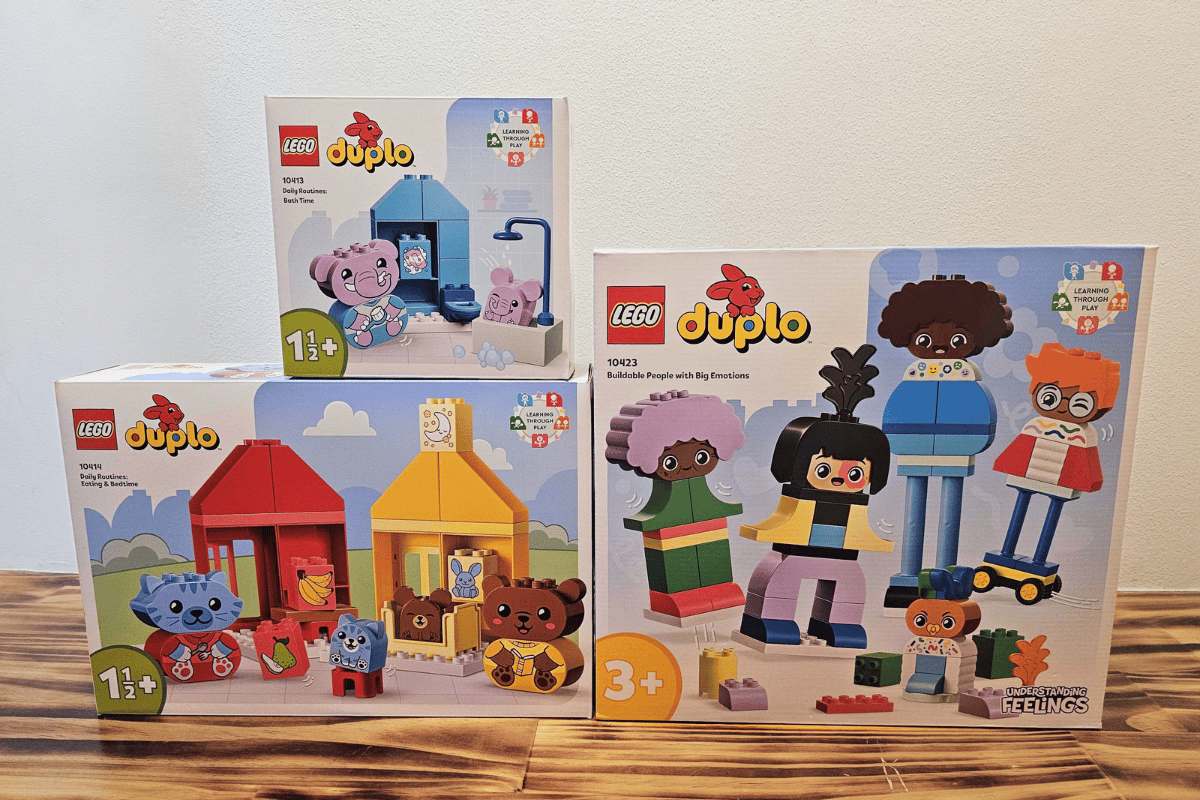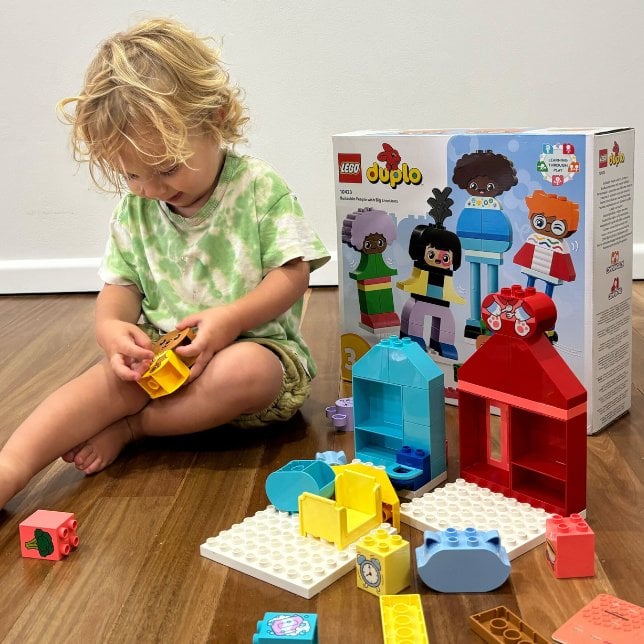

A trio of boys run around my lounge room, building a tower of LEGO® DUPLO® high in the sky, climbing furniture, kicking balls and squealing. The youngest is one and a half and is keeping up with the eldest who is seven. He walks with confidence. He’s able to hold his own among his brothers. He knows his place in the world. And his smile is pure joy.
As a parent these moments are the cherry on top. They make you breathe that little sigh of relief that they’re okay. Phew. You have a happy and confident kid. But there is also that lingering feeling that you want them to always feel that way, no matter what life throws at them.
So how do you make sure they have this confidence throughout life? According to Dr Kristyn Sommer, PhD in Child Development and mother of two, building confidence starts the very day they’re born.
Dr Sommer is in the camp that confidence is "a little bit nurture and a little bit nature". She highlights that children are born with distinct temperament traits, which significantly shape how they approach various situations.
For example, some may naturally possess strong self-regulatory skills, making them more patient, while others who have a lower ability to self-regulate are more inclined to become frustrated. These temperamental traits weave a unique narrative for each child, influencing their perceptions of the world.
Where nurture comes into play is through interactions. How a parent responds to a child's actions, whether it reinforces their capabilities or undermines their efforts, plays a pivotal role in shaping their resilience. And as Dr Sommer explains it’s by tweaking how we respond in these micro moments that occur every day that we can help instil confidence.



